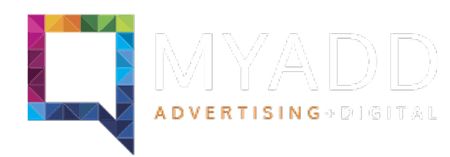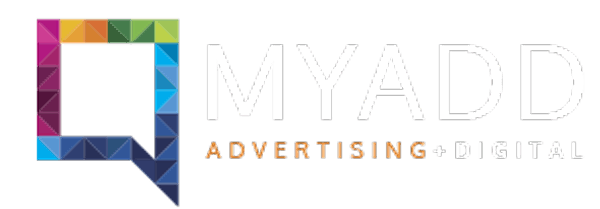Gutenberg New WordPress Editor
Gutenberg New WordPress EditorLast year you may have read or heard about the recent and large change to the WordPress format with its newly released editor Gutenberg, replacing the old TINYMCE based WYSIWYG editor together and combing with the release of WordPress version 5. WordPress claims, ‘the entire editing experience has been rebuilt for media rich pages and posts’. So lets look a bit more into this and explore the changes and benefits.
Blocks
Instead of writing content in one main editor, Gutenberg introduces the idea of blocks. Blocks are a great new tool for building engaging content. With blocks, you can insert, rearrange, and style multimedia content with very little technical knowledge. Instead of
using custom code, you can add a block and focus on your content.
More than an editor but not quite a builder
Gutenberg is more than an editor. It’s also the foundation for modern web page development in WordPress. But it is still not yet a visual editor like Visual Composer. As such it still requires some customisation to make the block editor look like the finished page.
At the same time this is also the most exciting element of the Gutenberg editor as it allows you to edit the web page that has more or less a similar layout and style as its frontend webpage. With Gutenberg, the page editor can easily see which section of the web page you are working on and update the content without the help of the theme developer.
Gutenberg also allows developers, to apply custom styling for existing blocks or make their own custom blocks to fit the format of the frontend webpage. Further, developers can save their block as a reusable one to reuse anywhere on the website, saving time.

Custom Blocks
Although WordPress has provided a number of blocks like Columns, Paragraph, Heading, Image, Video and so on for a simple webpage creation, many developers will find themselves creating their own custom blocks to facilitate the advanced and dynamic content with custom design. However, creating custom blocks is not a simple process. It requires a great amount of coding to build a simple block. The best and easiest way to create custom blocks currently and in near future will be to use Advanced Custom Fields (our main plugin for creating custom fields).
Advanced Custom Fields (ACF)
ACF has been our preferred choice of plugin for all our WordPress development as it is the easiest and most flexible way of creating WordPress meta fields. ACF also has started their development to support creation of custom blocks using ACF + PHP just as the meta fields
development. ACF Blocks does all the hard work for the developer so they can continue writing simple PHP and HTML. It is worth noting the ACF custom block is still in progress and only available currently in their beta version.
As of now, the Gutenberg editor is a great replacement of meta fields for creating simple blog posts and/or pages that do not require a lot of customisation. As custom block creation becomes easier, we predict the majority of all WordPress theme development will use Gutenberg making the editing experience a breeze for all users.

